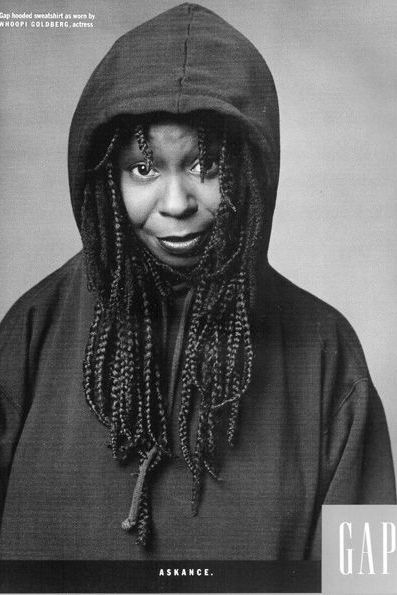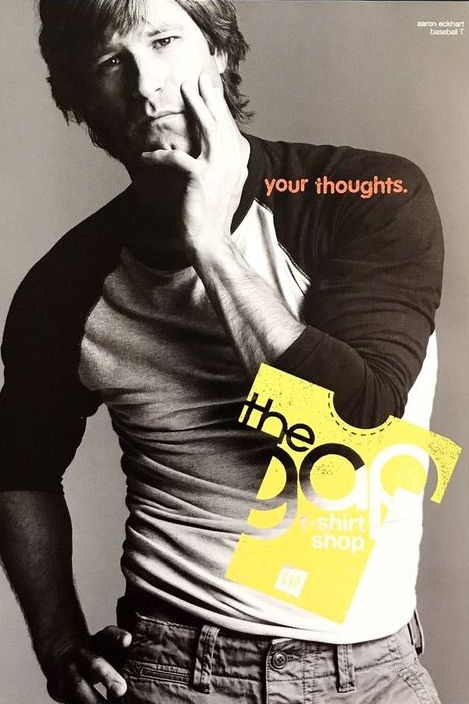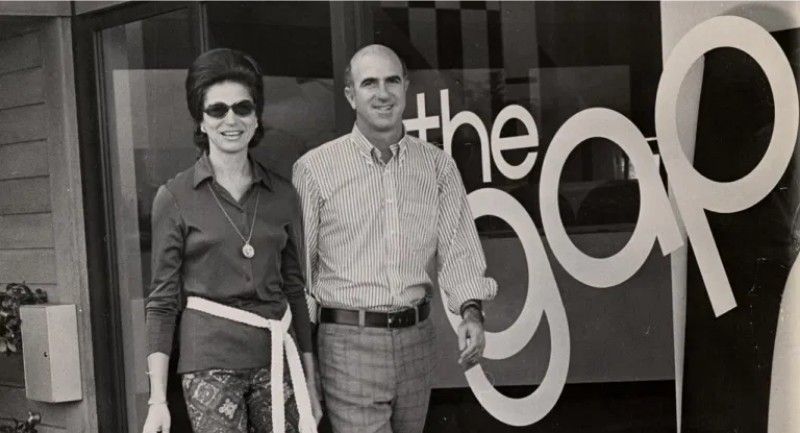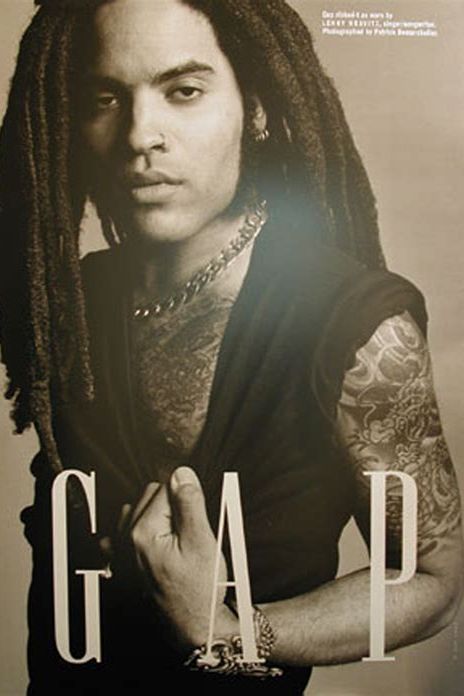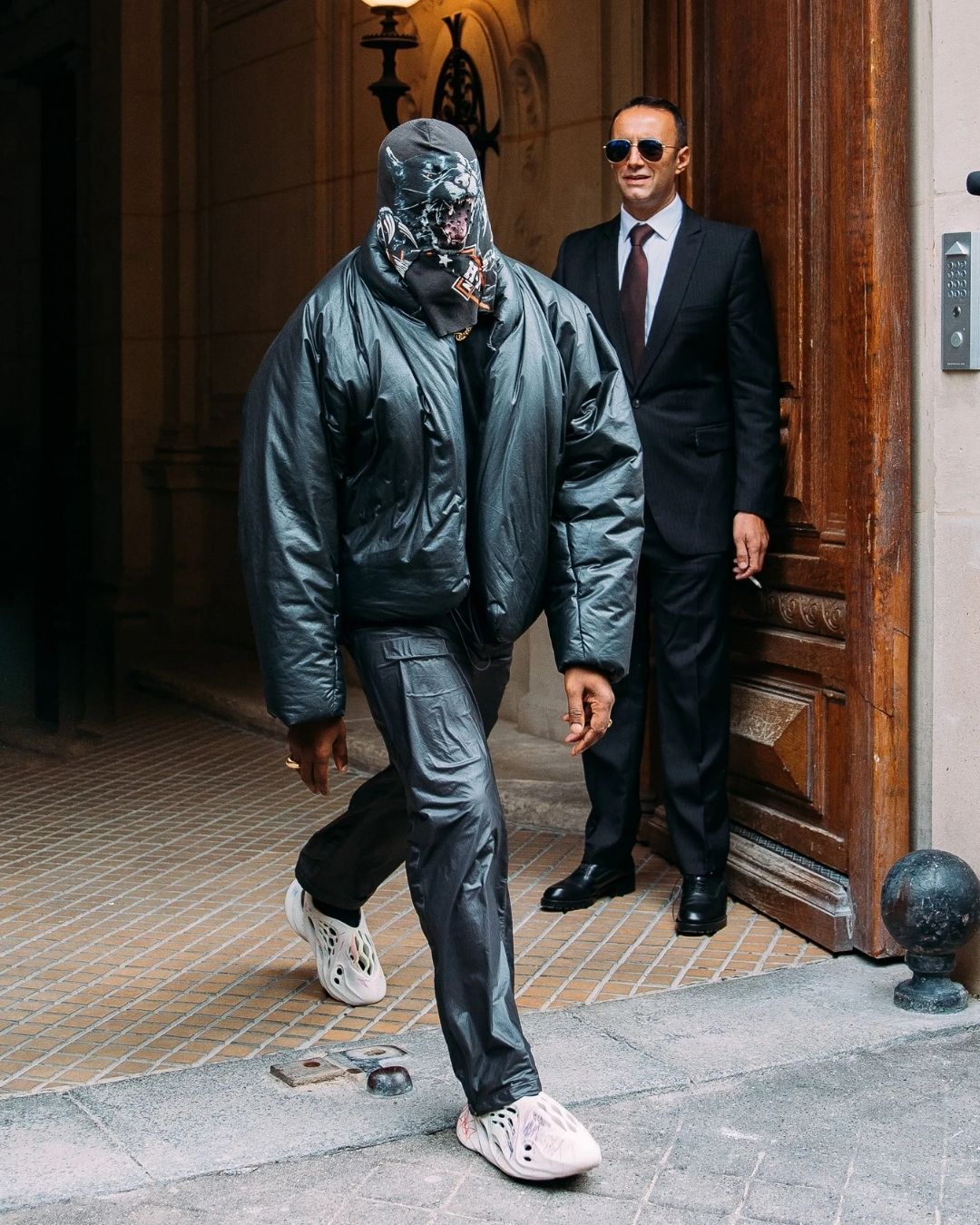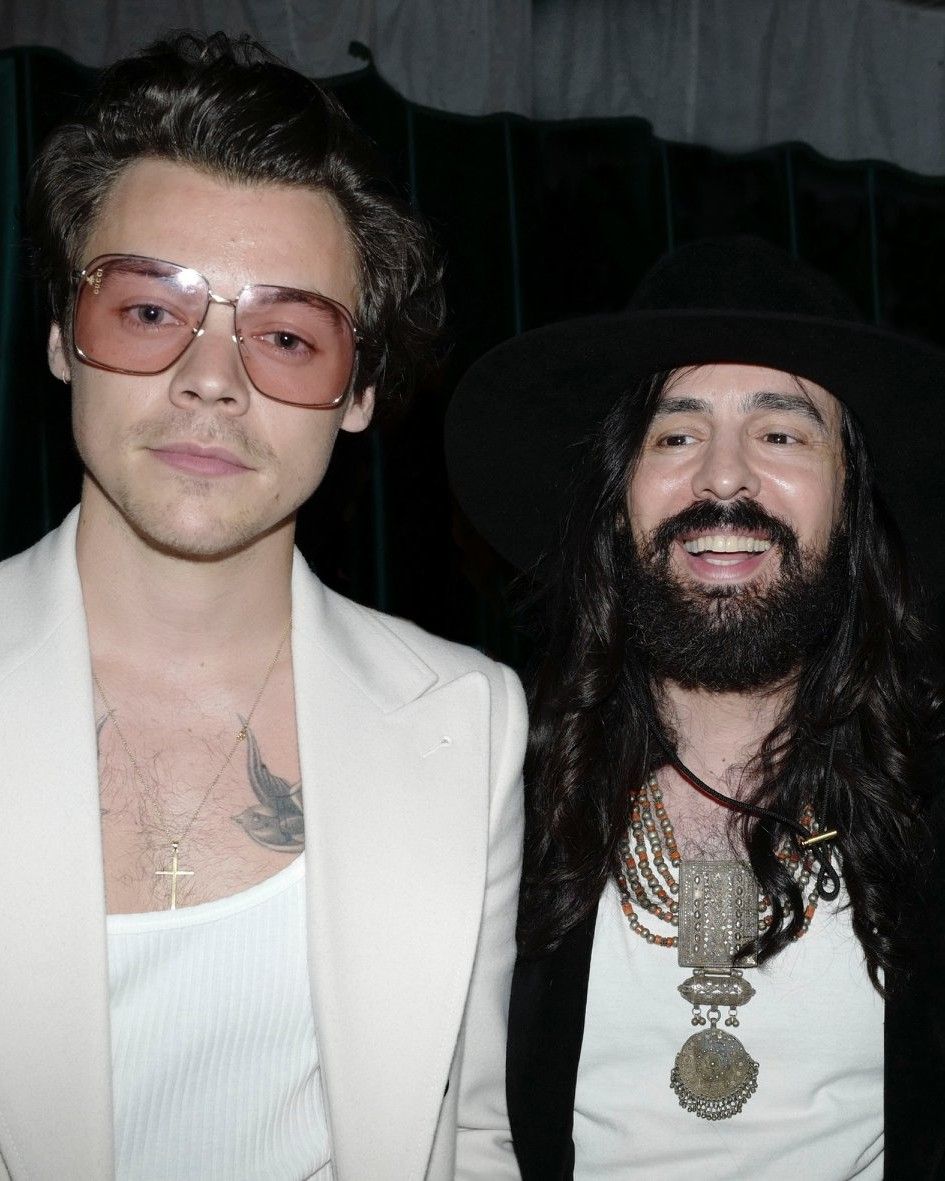
Gap before Kanye West The story of the brand that changed American fashion
Before Demna and before Kanye West there was Gap, or rather The Gap. Founded in the '60s by Donald and Doris Fisher, the store in San Franciesco opened on August 21, 1969 was born from Donald's need to find a pair of jeans with a right fit. For this reason, well before hoodies and t-shirts, The Gap sold Levi's jeans and records, a strange combination that earned the Fisher couple an unexpected success of $2 million less than two years after opening. After Ocean Avenue in 1970 it was the turn of San Jose, home of the brand's second store, while the following year Doris and Donald decided to go big by opening the company's headquarters in Burlingame, California. With 25 stores all over the United States, a few years after its inauguration Gap had already become a symbol of the United States, fully representing the jeans and white t-shirt aesthetic that ten years later would be sanctified by Bruce Springsteen.
After a first setback at the end of the '70s due to a price increase in the jeans supply chain, which led to the birth of "Gap Fashion Pioneers" and the abandonment of Levi's products, the '80s were synonymous with expansion for the Fisher's company: in 1983 they acquired Banana Republic, while a few years later they inaugurated Gap Kids, GapBody and BabyGap. Buoyed by its new logo, the iconic blue square launched in September 1986, Gap opened its first location outside the U.S., opening the London store in 1987. With the arrival of Millard "Mickey" Drexler as the new CEO, Gap quickly gained media attention thanks to a communication that over the years gave us campaigns with the likes of Madonna, Sarah Jessica Parker, Lenny Kravitz, Spike Lee and many other celebrities as evidence of the importance that the brand had managed to gain in the United States. With the birth of Old Navy, the brand thought to be a low budget alternative to Gap, and the success of the iconic Khaki Swing commercial in 1998, the rise of Gap seemed unstoppable. But something went wrong, because after more than two years of sales slump attributed to the uncontrolled expansion of the brand, Donald Fisher decided to get rid of CEO Millard Drexler, starting what would have been the beginning of the end.
It is not difficult to understand the reasons behind the slow decline of Gap, struggling between 2006 and 2007 with the failures of Piperlime, a sub-brand dedicated to handbags and footwear for women, and Forth & Towne, the line over 35 whose first and only store closed after only 18 months of operation. Despite the subsequent acquisitions of Athleta and Intermix, what doomed the company was a change in generations and shopping habits. In addition to the growth of online retailers, the slow decline of mall culture led Gap to close 189 stores in the U.S. in 2013 while six years later the company's losses amounted to one billion. A bit like many other "mall brands" Gap had paid for its inability to adapt to market changes, but more importantly it had failed to find its own way at a crucial time for physical retailing. No surprise then, if with the advent of the pandemic, the company has decided to dismantle most of its stores to focus more on e-commerce, finding in the partnership with Kanye West first and then with Balenciaga a breath of fresh air for a brand now stale. The hoodies designed by Ye were the item with the highest number of sales on the day of its launch in the history of Gap, while the West agreement should bring in the coffers of the company a billion in the first year of activity thanks to drop and hype. Once a symbol of American culture, Gap has had to adapt to the real cultural shift to try to survive, embracing sales mechanisms once unthinkable for Donald and Doris Fisher.


















































